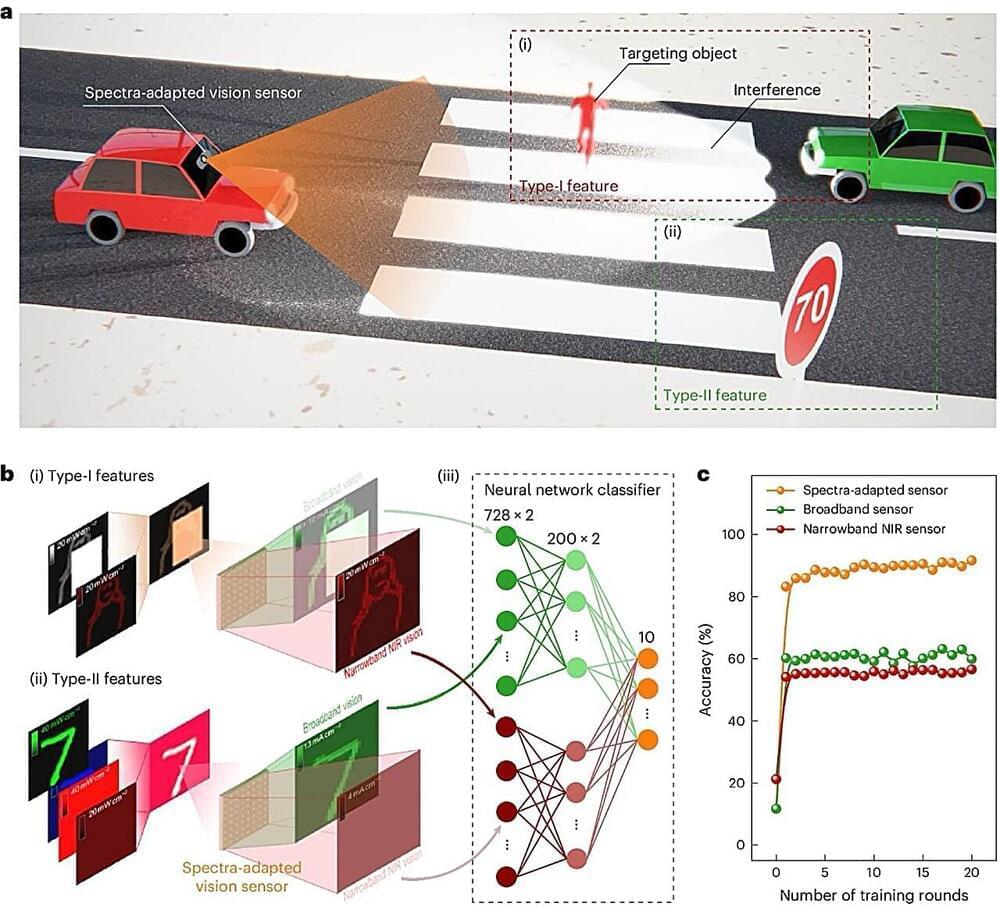The secrets of black holes and dark matter could lie before the Big Bang, a new study of “bouncing” cosmology hints.



The three final algorithms, which have now been released, are ML-KEM, previously known as kyber; ML-DSA (formerly Dilithium); and SLH-DSA (SPHINCS+). NIST says it will release a draft standard for FALCON later this year. “These finalized standards include instructions for incorporating them into products and encryption systems,” says NIST mathematician Dustin Moody, who heads the PQC standardization project. “We encourage system administrators to start integrating them into their systems immediately.”
Duncan Jones, head of cybersecurity at the firm Quantinuum welcomes the development. “[It] represents a crucial first step towards protecting all our data against the threat of a future quantum computer that could decrypt traditionally secure communications,” he says. “On all fronts – from technology to global policy – advancements are causing experts to predict a faster timeline to reaching fault-tolerant quantum computers. The standardization of NIST’s algorithms is a critical milestone in that timeline.”

Summary: Human progress requires a culture of openness to change and innovation, which historically has been rare and resisted by established elites. Periods of remarkable achievement, like that seen in Enlightenment Europe, occurred when societies embraced new ideas and allowed for intellectual and economic freedom. The key to sustained progress lies in maintaining a culture of optimism and a politico-economic system that encourages innovation rather than suppressing it.
To make progress, we must do something differently from what we did yesterday, and we must do it faster, better, or with less effort. To accomplish that, we innovate, and we imitate. That takes a certain openness to surprises, and that openness is rare. It is difficult to come up with something that never existed. It’s also dangerous, since most innovations fail.
If you live close to subsistence level, you don’t have a margin for error. So, if someone wants to hunt in a new way or experiment with a new crop, it is not necessarily popular. There is a reason why most historical societies that came up with a way of sustaining themselves tried to stick to that recipe and considered innovators troublemakers.
Enjoy the videos and music you love, upload original content, and share it all with friends, family, and the world on YouTube.

Topological quantum magnets are advanced materials that exhibit quantum behavior. Additionally, the magnetic spins of their particles are arranged in a way that creates stable and robust topological states.
These topological states are resistant to any external disturbances. Additionally, the spins in these materials can be entangled. This means they are deeply connected on a quantum level, and therefore don’t easily lose their quantum properties.
However, “So far, experiments have mostly explored non-interacting topological states, and the realization of many-body topological phases in solid-state platforms with atomic resolution has remained challenging,” the study authors note.

The ability to detect objects in settings with unfavorable lighting, for example at night, in shadowed locations or in foggy conditions, could greatly improve the reliability of autonomous vehicles and mobile robotic systems. Most widely employed computer vision methods, however, have been found to perform under poor lighting.
Researchers at the Hong Kong Polytechnic University recently introduced a new bio-inspired vision sensor that can adapt to the spectral features of the environments it captures, thus successfully detecting objects in a wider range of lighting conditions. This newly developed sensor, introduced in a paper published in Nature Electronics, is based on an array of photodiodes arranged back-to-back.
“In a previous paper in Nature Electronics, we presented a simple in-sensor light intensity adaptation approach to improve the recognition accuracy of machine vision systems,” Bangsen Ouyang, co-author of the paper, told Tech Xplore.


Starship underperforms by 50%. Yikes!
Enjoy the videos and music you love, upload original content, and share it all with friends, family, and the world on YouTube.